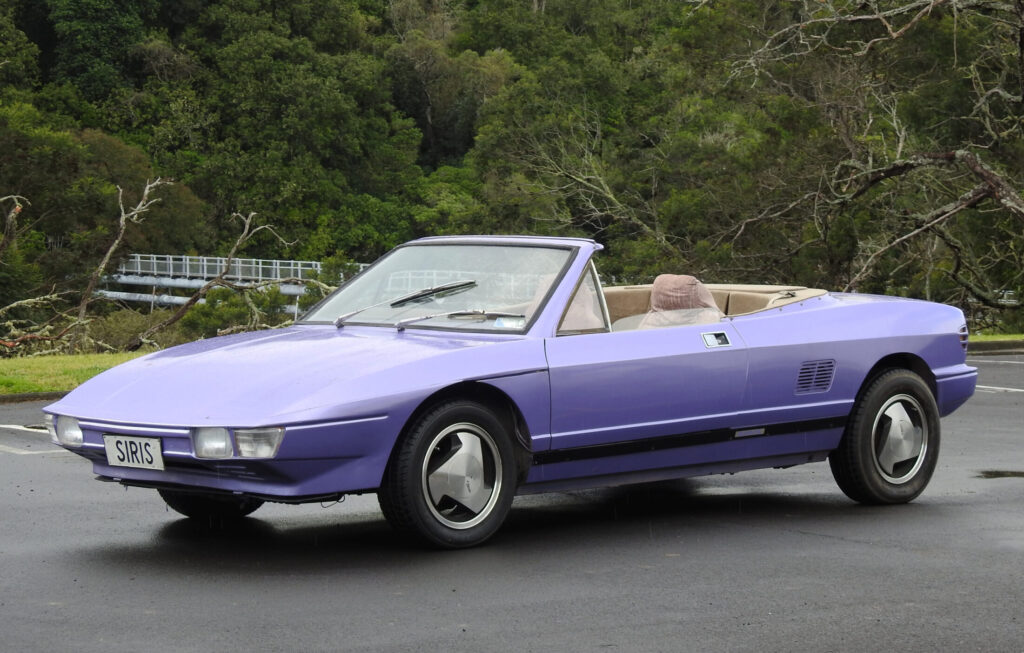
Lunch with … Cary Taylor
Many years ago — in June 1995 to be more precise — I was being wowed with yet another terrific tale from Geoff Manning who had worked spanners on all types of racing cars. We were chatting at Bruce McLaren Intermediate school on the 25th anniversary of the death of the extraordinary Kiwi for whom the school was named. Geoff, who had been part of Ford’s Le Mans programme in the ’60s, and also Graham Hill’s chief mechanic — clearly realising that he had me in the palm of his hand — offered a piece of advice that I’ve never forgotten: “If you want the really good stories, talk to the mechanics.”
Without doubt the top mechanics, those involved in the highest echelons of motor racing, have stories galore — after all, they had relationships with their drivers so intimate that, to quote Geoff all those years ago, “Mechanics know what really happened.”














